Let’s talk about Free Flowing Choices Using a Choice Board. Picture this: a kindergarten classroom buzzing with tiny intellectuals, each armed with a choice board—a secret weapon that empowers them to unleash their creativity, make decisions, and embark on thrilling learning adventures. Welcome to the world of free-flowing activities in kindergarten! In this blog post, we’ll dive into the awesomeness of choice boards and how they transform our little munchkins into supercharged, decision-making dynamos!
Free Flowing Choices Using a Choice Board: The Choice Board Magic
Imagine a game of magical possibilities where kids hold the key to their educational destiny. Enter the choice board—a visual marvel that presents a smorgasbord of activities. This creative grid is like a treasure map, with each square leading to a new learning frontier. From arts and crafts to story time or science experiments, the choice board allows kindergarteners to make their own choices and take the reins of their educational journey.
This is how we do centers or reading small groups in my classroom for about an hour a day. We use the Daily 5 structures and ideas, but we allow students to use the choice board and free-flowing choices during this time.
Additionally, we don’t start the year diving into this. Instead, I rotate 4 groups for the first month or so of school and teach my students fundamental skills like name writing, cutting and sorting, handwriting basics, and tracking text. We work on listening to reading and how to work with others. All of the fundamentals students need to complete work and learn. We learn how to learn.
Kindergarten Passion and Uniqueness:
Move aside, traditional worksheets! The choice board revolutionizes learning by unleashing the hidden talents and quirky interests of our kindergarten geniuses. It’s the ultimate fusion of Picasso’s creativity and Einstein’s brilliance. Want to work on your reading-level book? Word Work activity? Or work on handwriting or writing activities? The choice board empowers our little superheroes to follow their passions and shine in their own unique way.
Additionally, some students need more time for word work and less time for handwriting. Other students are the opposite. The goal is 100% effort versus 100% completion. As students learn with 100% effort, getting faster and more accurate can happen over time. Sometimes 100% effort is lost on learners and replaced with speed and completion.
Decisions, Decisions:
Ah, the thrill of making decisions—so exhilarating even for the tiniest learners! In the state of Georgia, one of our standards for work ethic is actual to make self-selected choices. The choice board fosters decision-making skills that would make any adult envious. Kindergarteners become master strategists as they evaluate options, ponder their abilities, and select the activities that light up their little minds.
Truthfully, teachers are usually the ones who struggle with “giving up control” more than the students. We have to reframe teacher’s mindsets that free-flowing and choice boards are a way to give my little ones SPACE and FREEDOM to learn. And I am not managing behaviors since all my students can do their work and move on when they are done, not when I think they will be done. They also KNOW how to complete each activity and they love their independence. I am managing less and they are working more.
Welcome to the Kindergarten Circus:
I am using the analogy of a Kindergarten Circus because I am imagining many teachers thinking that Free Flowing Choices Using a Choice Board would be chaotic and circus-like. So let’s dive into this idea.
Step right up, ladies and gentlemen, and witness the spectacle of self-directed learning in action! With the choice board as the ringmaster, our kindergarteners take center stage in their educational circus. They become the ringleaders of their own learning, driving themselves to explore, discover, and take ownership of their education. The result? A class full of confident, curious learners ready to conquer the world!
The Magic of “Me” Time:
With the choice board, our tiny scholars embark on solo adventures or partner up with a friend, embracing the joy of self-directed learning. It’s their chance to shine and embrace “me” time in the classroom and work with 100% effort. Armed with their chosen activities, they dive headfirst into a world of time management, work ethic, and building a strong foundation for a lifelong love of learning. Most importantly, they are not dependent on the behavior or efforts of others around them.
Kindergarten Dream Team:
But wait, there’s more! The choice board isn’t just about individual brilliance—it’s a catalyst for teamwork and collaboration too. Students can team up, combining their creative powers like Captain America and Iron Man, to tackle exciting activities together. By working in groups, they learn essential social skills, including communication, cooperation, and problem-solving, building a classroom community that rivals the Avengers! They learn who helps them to complete tasks and how much socializing they can and can not do. They learn quickly from those who may be great friends but maybe are too distracting for that child to complete work with.
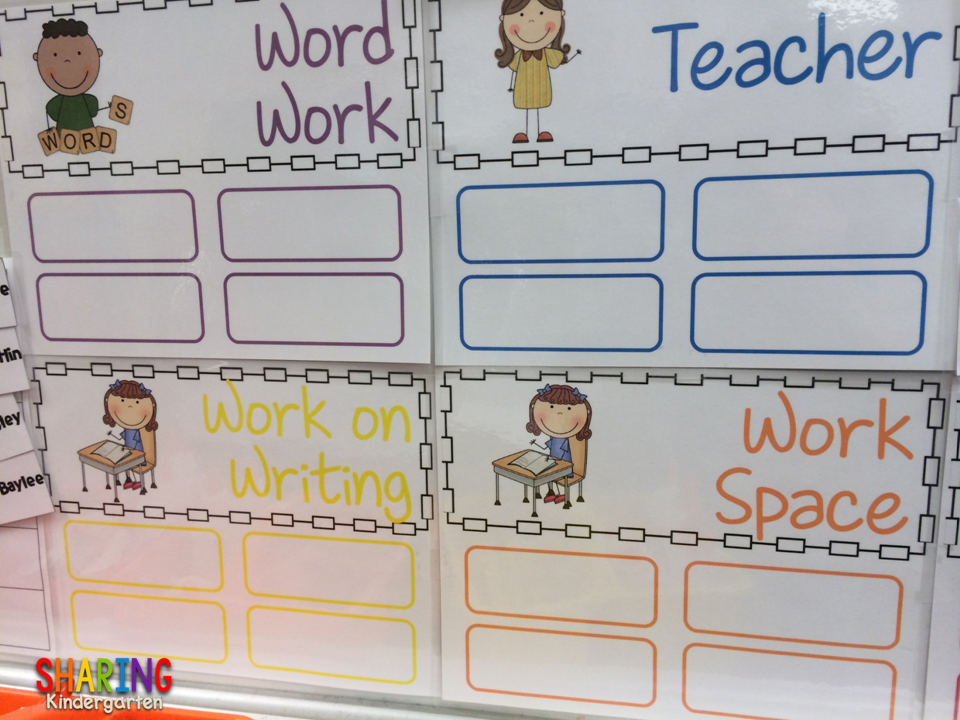
Using a Choice Board
In the realm of kindergarteners, where imagination runs wild and curiosity knows no bounds, the choice board is the ultimate sidekick. It ignites creativity, supercharges decision-making skills, and unleashes self-directed learning. Our little learners take center stage, armed with their choice boards, ready to conquer the world one finger painting or marshmallow tower at a time. So, buckle up, folks, and prepare to witness the epic journey of the choice board phenomenon in kindergarten—where free-flowing activities create a classroom full of kinder-geniuses!
Setting Up for Choice Board Basics
Let me show you how the setup, basic components, and how to get going for student success with Free Flowing Choices Using a Choice Board. Here is one of my little learner’s book boxes in her cubbie. She has tons of books she can read and her Great 8 necklace, which is how she keeps up with what stations she has been to and where she needs to go.
Each day, we start our daily 5 at Read to Someone. Why? Because this is our hardest area to tackle and it seems to work better for my little learners if we all PAIR up to start with. We grab our boxes and we put on our necklaces. And we go to read to someone for three books, or about 10 minutes. Whichever comes first.
Choice Board Necklace
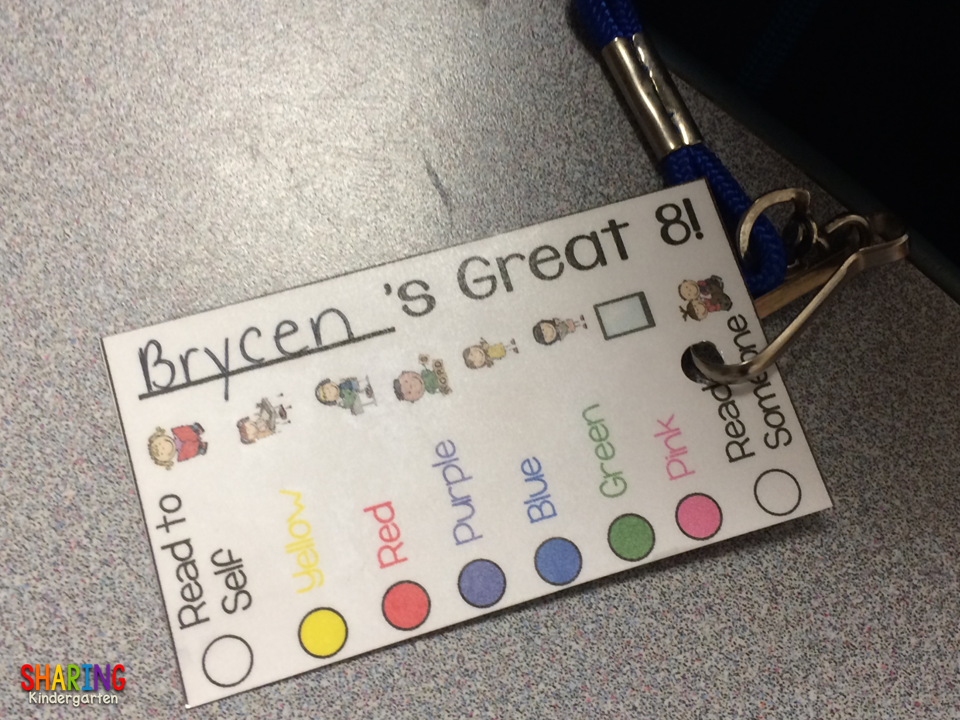
Here is an up-close image of the necklace. There is a slot for each station with a color code. That color code is that colored table. The cards are printed on card stock and I laminated them. I placed the hole punch on the bottom so my students can hold up the tag to see all the choices they have to go to.
When a little learner finishes that station or area, they use an overhead marker to check off their necklace.
They do this, not me. Each station has a marker in it and there are extra markers on the choice board. This is a way they manage themselves. AND THEY LOVE IT. My students tell me they feel so responsible and so excited. Plus, they don’t lose the necklace because it is around their necks.
Do You Have a Teacher Station?
This is a question I get often. Yes, I have one of the small group stops. I am actually the host of the blue teacher station, so my student comes to me once a day. I teach either reading or writing lessons. Now, since my students have so many spots they can go to, we don’t spend a ton of time together. Since we have short attention spans and we need lots of practice, this works for us.
I also add an orange station that is NOT on the necklace. It is just a workspace. Why? This was something I learned that was needed quickly after starting the choice board. If a table or station is filled, or someone next to you is bothering you, then you can head to the workspace so you can get things done.
How Do Students Select Their Station?
Each of my students has a magnetic name they use to place their choice on the board. For management reasons, I put girls’ names on one side of the choice board and boys’ names on the other. Here is a picture of my girls and my boys’ magnets. I print out two versions, one black and white and one colored.
The black and white is laminated as a whole and taped to the board as our “home.” The colored version is cut apart and I put on a thick button magnet with one stick side. This makes their name moveable and also lets them grab it easily.
When they want to go to a choice, they take their name off the “home” and move it to the station they want to work at. They work at their station until they move to another station. If they want to go to the red table, there has to be a spot open for them to go to. Or they can head to the workspace station.
I still have spaces for Read to Someone and Read to Self. They can always head there if they are waiting on a station to open. At the end of our daily 5 times, they put their names off the choices, and back home, they put their necklaces back in their book boxes, and my cleaner goes around with baby wipes and clears their necklaces off for tomorrow.
Clean Up from Free Flowing Choices Using a Choice Board
At the end of our Free Flowing Choices Using a Choice Board times, they put their names off the choices, and back home, they put their necklaces back in their book boxes, and my cleaner goes around with baby wipes and clears their necklaces off for tomorrow.
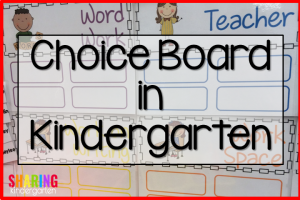
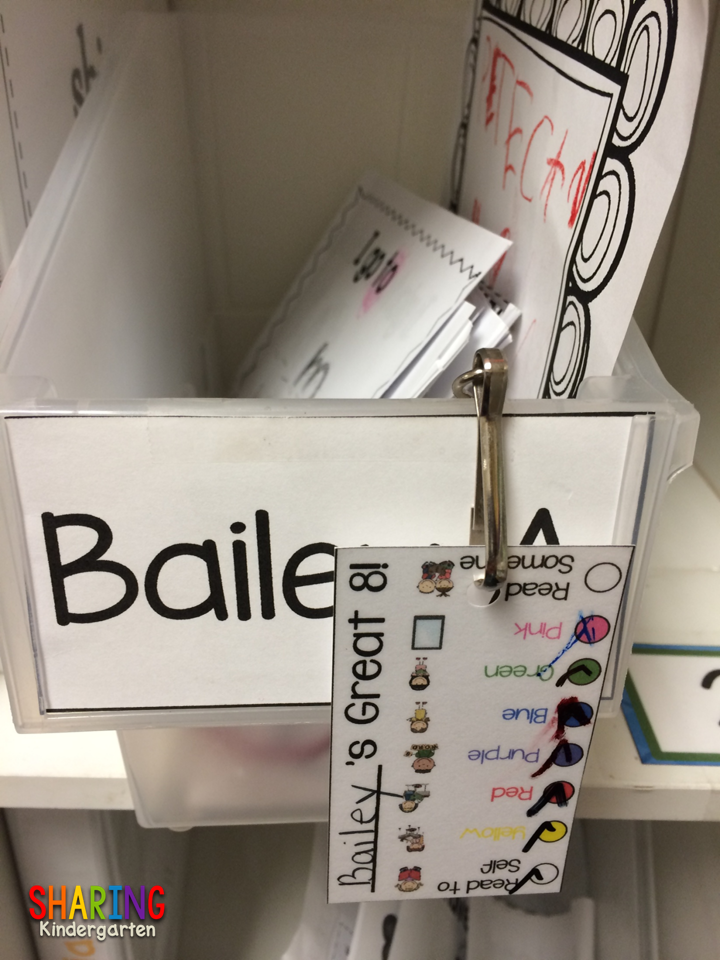
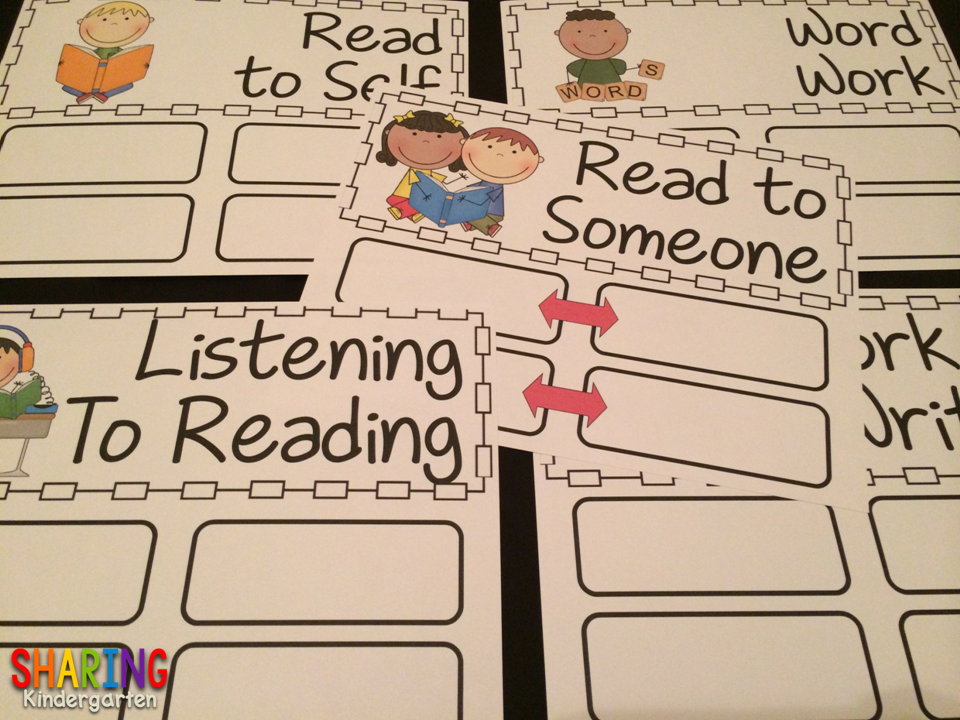
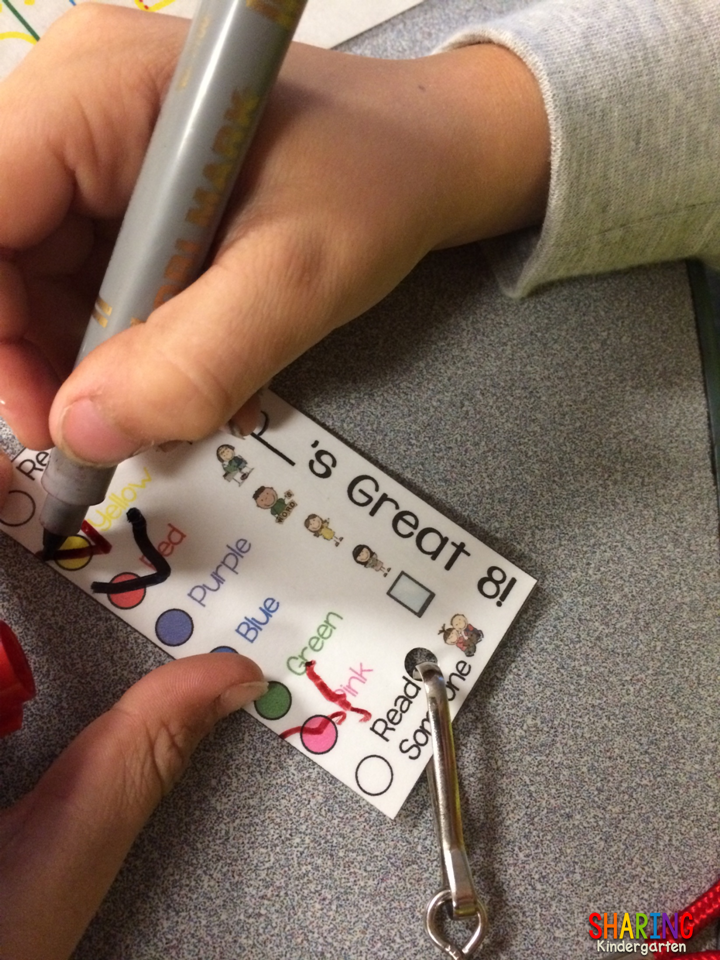

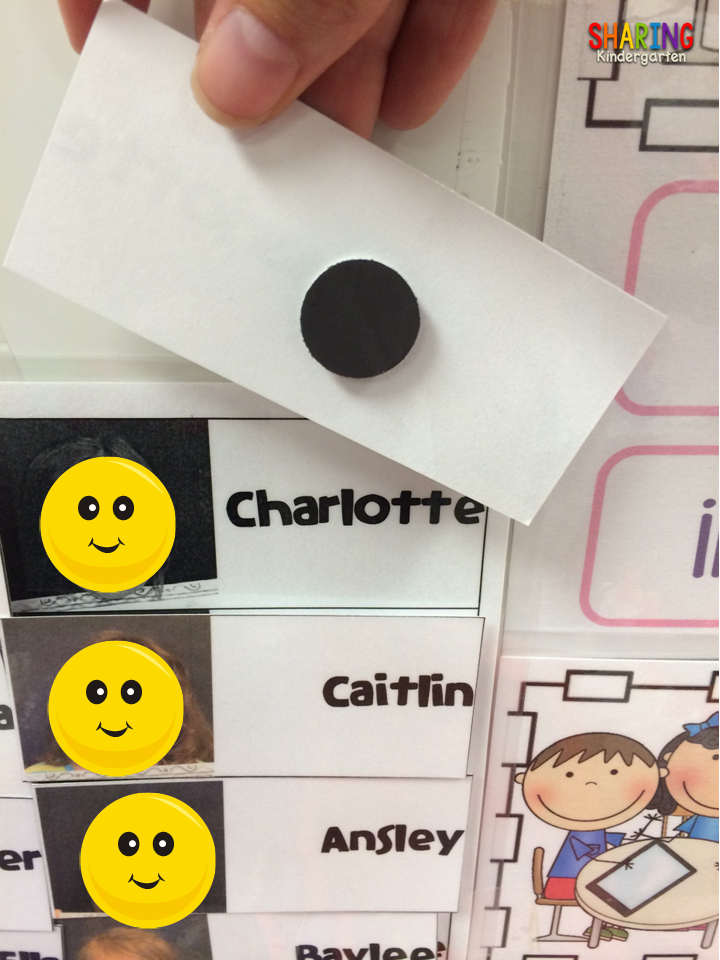
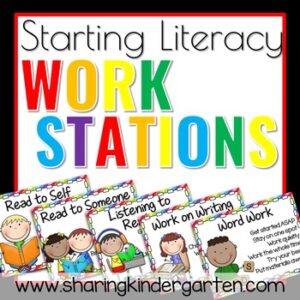
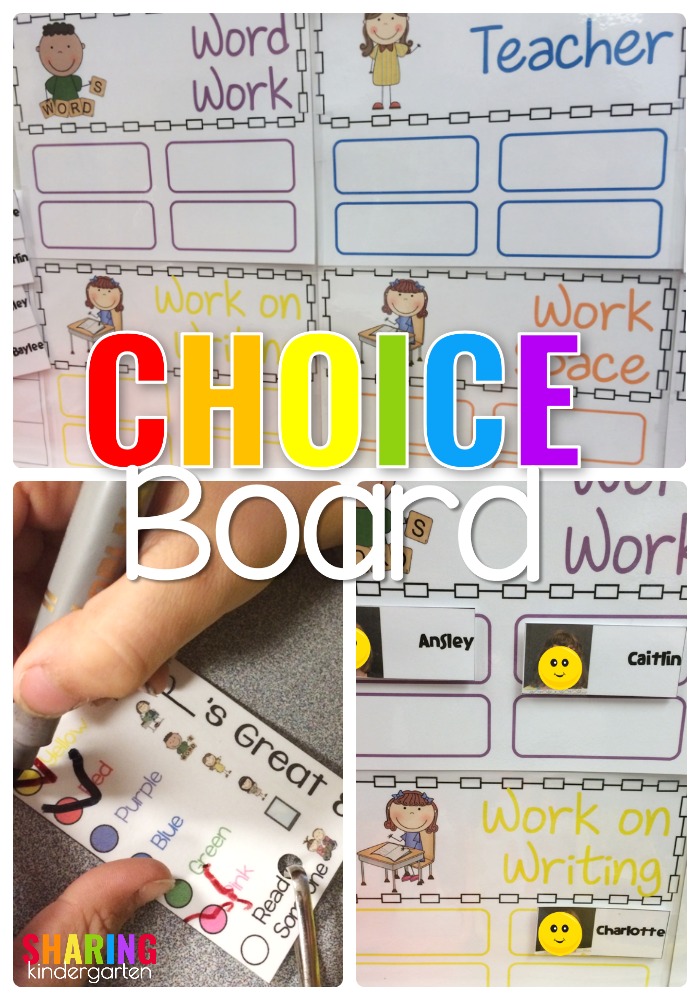
I love the freedom and the choice aspect but you are right, it does scare me a little bit. Are your sight word centers a part of this or is that at another time of the day?
It sounds so scary… but dang if it doesn't work 100 times better. I am not managing everything… THEY ARE. A few friends need more help than others, but they will always need more help. My higher children excel because I am not limiting them. My lower kids get more time to complete what they need to complete. Plus, the first week we do free choice boards, I don't have a group. I help them learn the system. I started on Friday and by Tuesday they didn't need my help anymore so I started a group.
I do some sight word activities during this time, but I do a whole separate rotation system for Sight Word Station. We run these for 10-20 minutes after lunch. I plan for 10, but they LOVE more time and beg me for longer. Who am I to say no? Sight Word Stations are also free choice. If they stop progressing with their words, then I start to choose that students station for them.
Can you share (sometime) a little more of what you have in each place? I'm interested in seeing how you differentiate at each place. My current system is a little crazy, and I L-O-V-E your center system that I started using after I Teach K!. I think this would fit well in my room too. Thanks for sharing!
Amanda
A Very Curious Class
I am so glad centers work for you! They run smooth as butter in my room.
I will def post about the activities for Daily 5 this week too. Right now it is more like handwriting and sorts, simple activities to practice skills. As the year goes on we do deeper. I need more of an attention spam to tackle other stuff.
I love the lanyard check-off badges!! Do you do 8 different station activities each day or are they the same? Also, will you please post some more pics of your classroom setup. I am very into the matchy-matchy thing as well 🙂 Thanks for sharing!!
Do you change the activities in each "basket" daily? I like the concept of letting them select which center to go to and that they are unlimited in each center each day but I don't think I can handle changing them daily.
Try it weekly! You will be SHOCKED with how well they work.
How long is your daily five time? Do you change your centers daily or weekly? How many centers should students complete each day? Do you pull students from centers for small group work? I love your ideas!!
An hour to an hour and a half. I change them DAILY but most do weekly. I expect hard work and at least 5 stations. I am a station, so I don't pull them, I am a choice they can do to.
When and how do they come to you and is it by level that they come to you and your assistant? How is it managed?
Open Choice! They choose which station and at some point they come to mine. They have to complete all the stations so they get around it them all. I keep a class list next to me so I cross off who has come and I can call over some of my friends as needed. I don't manage it… THEY DO!
I am really excited to read about your Daily 5 Work Stations. I have been fine tuning my work stations, and this is just what I was needing. I love the necklace idea and will be using it. I use snack as one of my stations. It gives me an additional 15-20 minutes of class time. Thank you!
So they have free choice for the entire hour/hour and a half? Do you set some kind of timer for them to be at one station and then have them choose another. Just trying to understand it entirely! Love the choice boards! Thank you for all of your explanations.
Free choice the whole time.
Do you meet with guided reading groups during this time? Or do you meet with students individually as they “choose” to work with the teacher?
I see each student everyday. I keep a class list by me to make sure I get them all. They usually choose when, but they all typically WANT to get to me. 🙂
Is there anything they turn in for authenticity and to track progress?
You absolutely can!
Hi! Curious to know if during the entire allotted time a slower working child doesn’t complete all 6 or 8 centers what do you do? Do you give extra time at another time in the day?
Would also be able to share what your 8 centers are? I think you do all 6 with technology and _______?
Thank you!
I love this idea, but am confused about how you accomplish guided reading with kids coming and going from all different levels. I typically pull groups based on reading level and skill. I have a lesson plan for each guided reading group. I wold love to hear how this works for you. Open to new ideas!